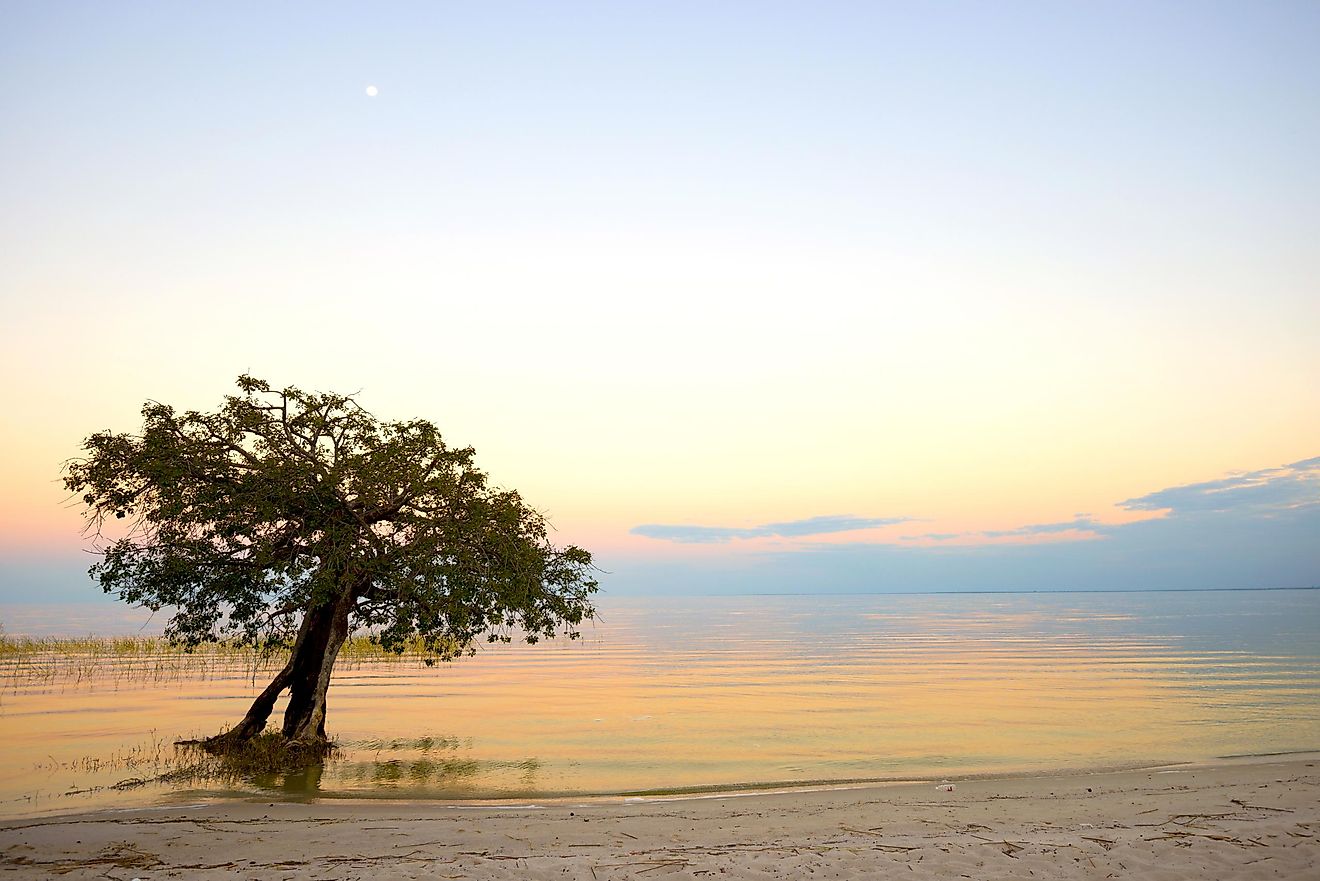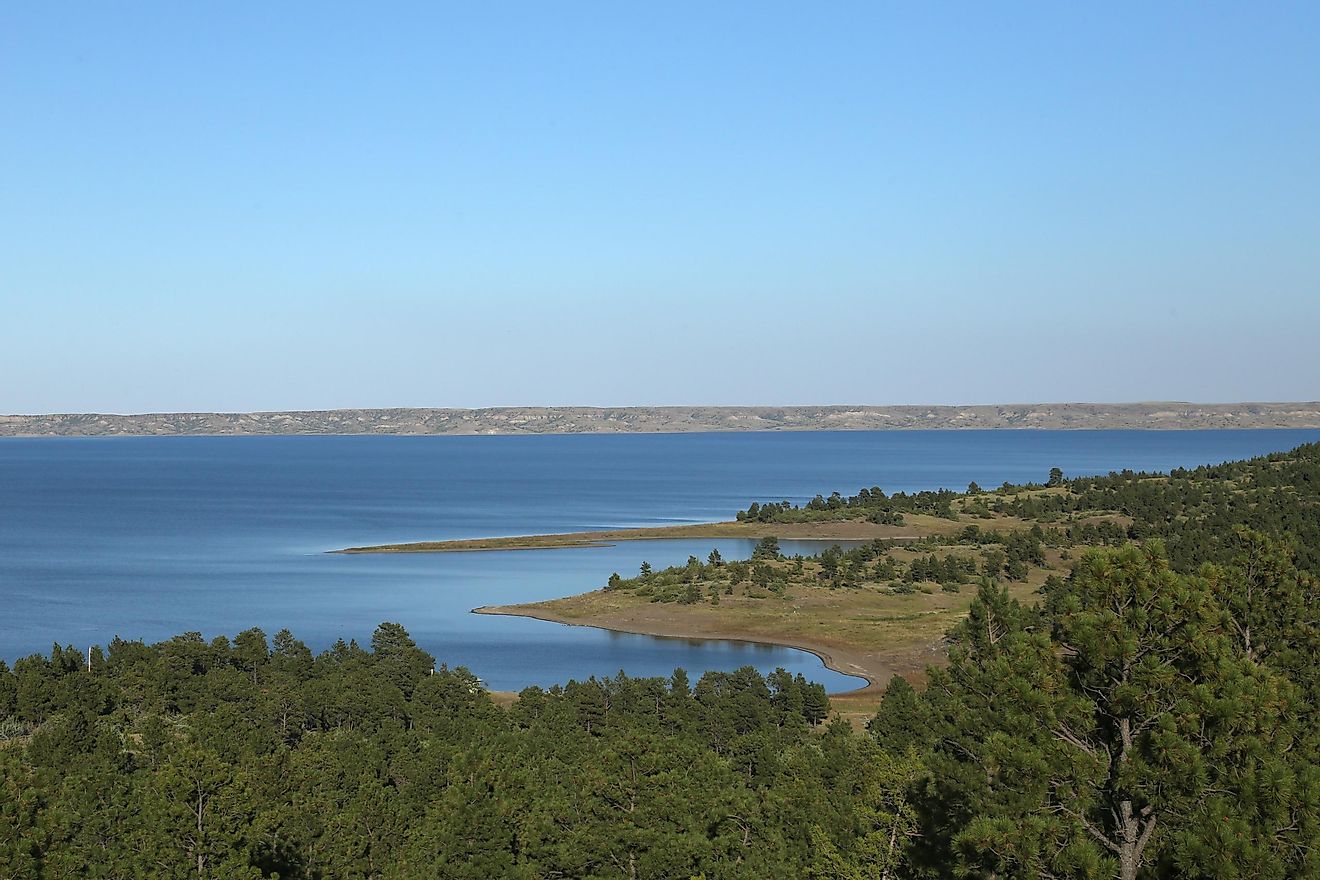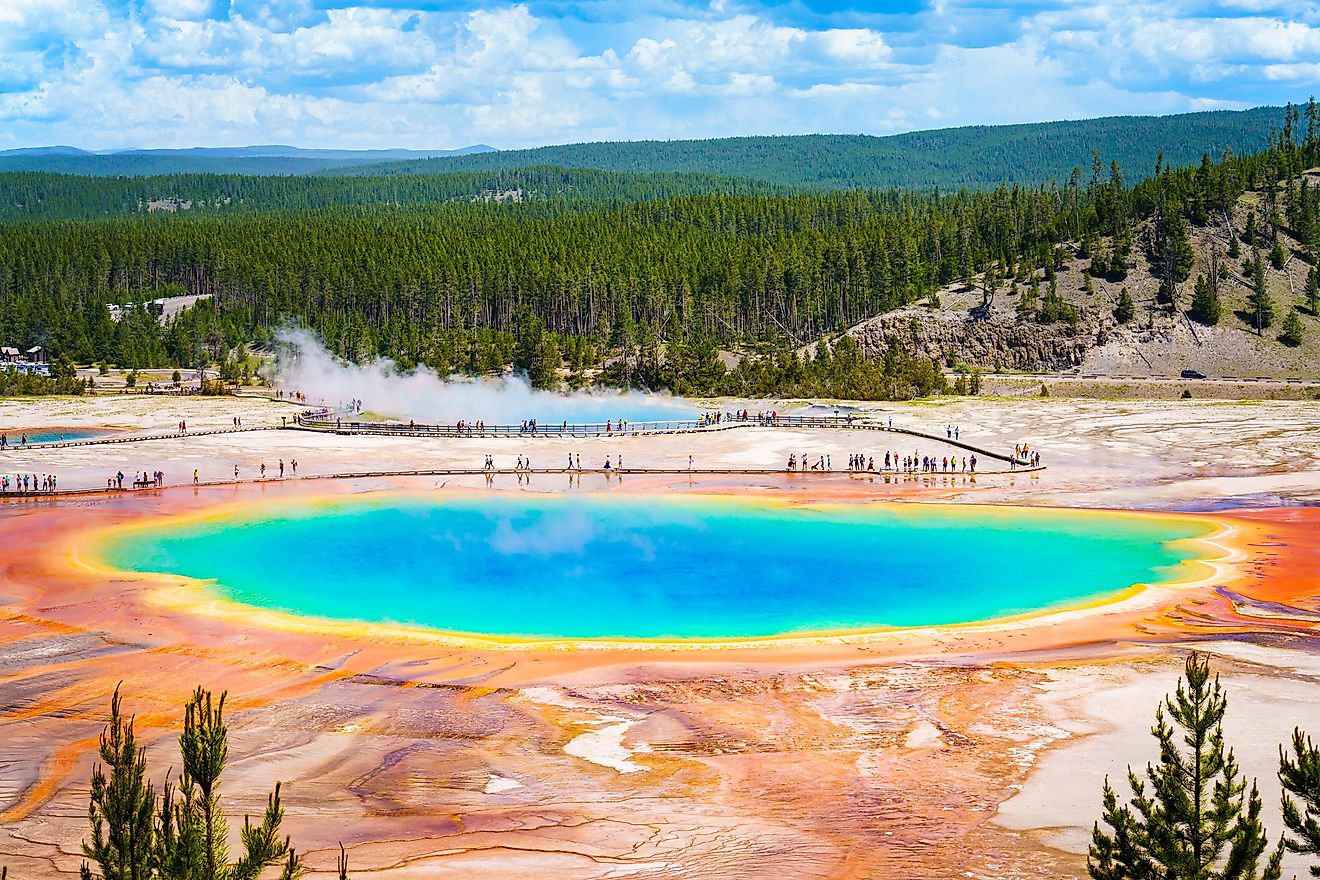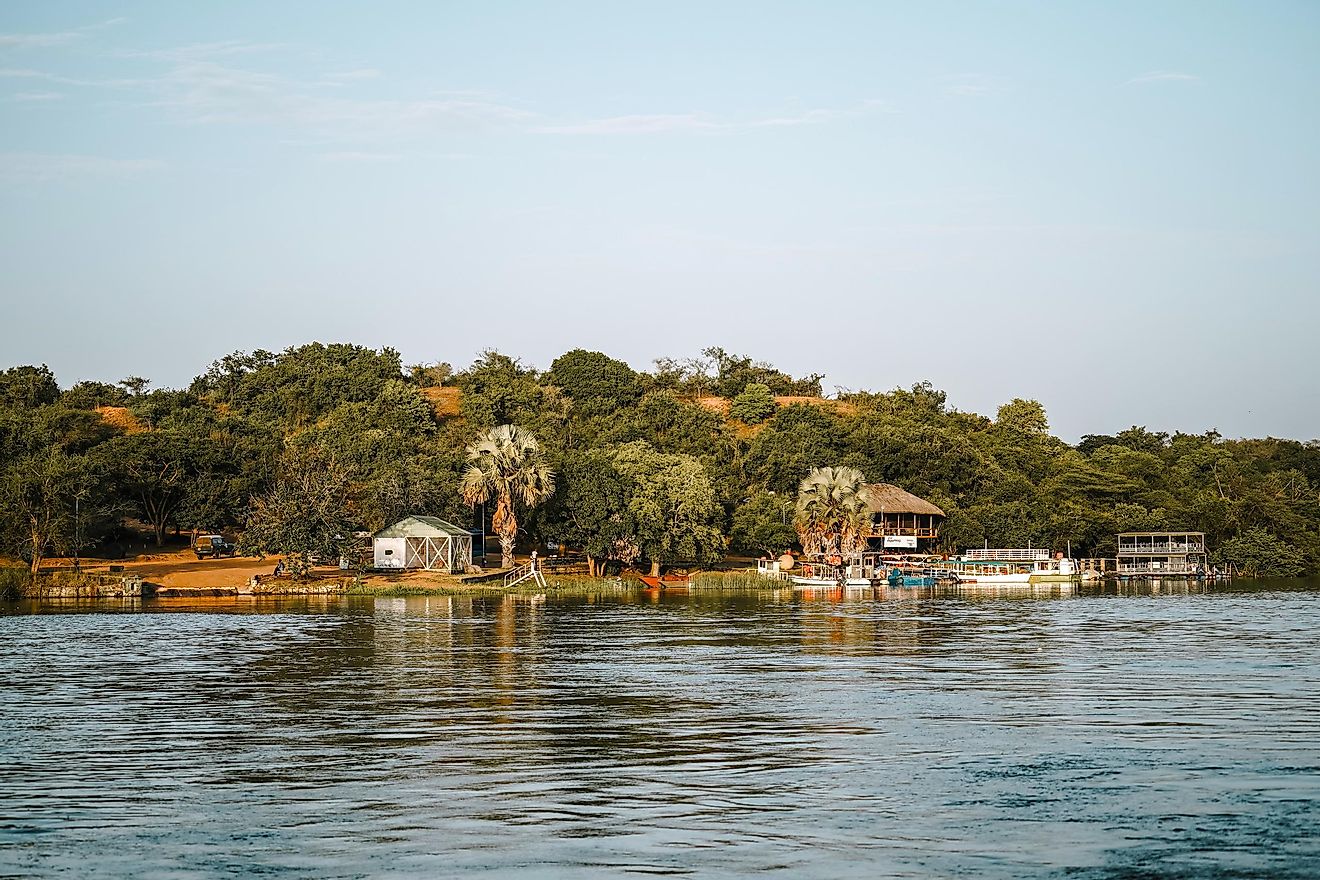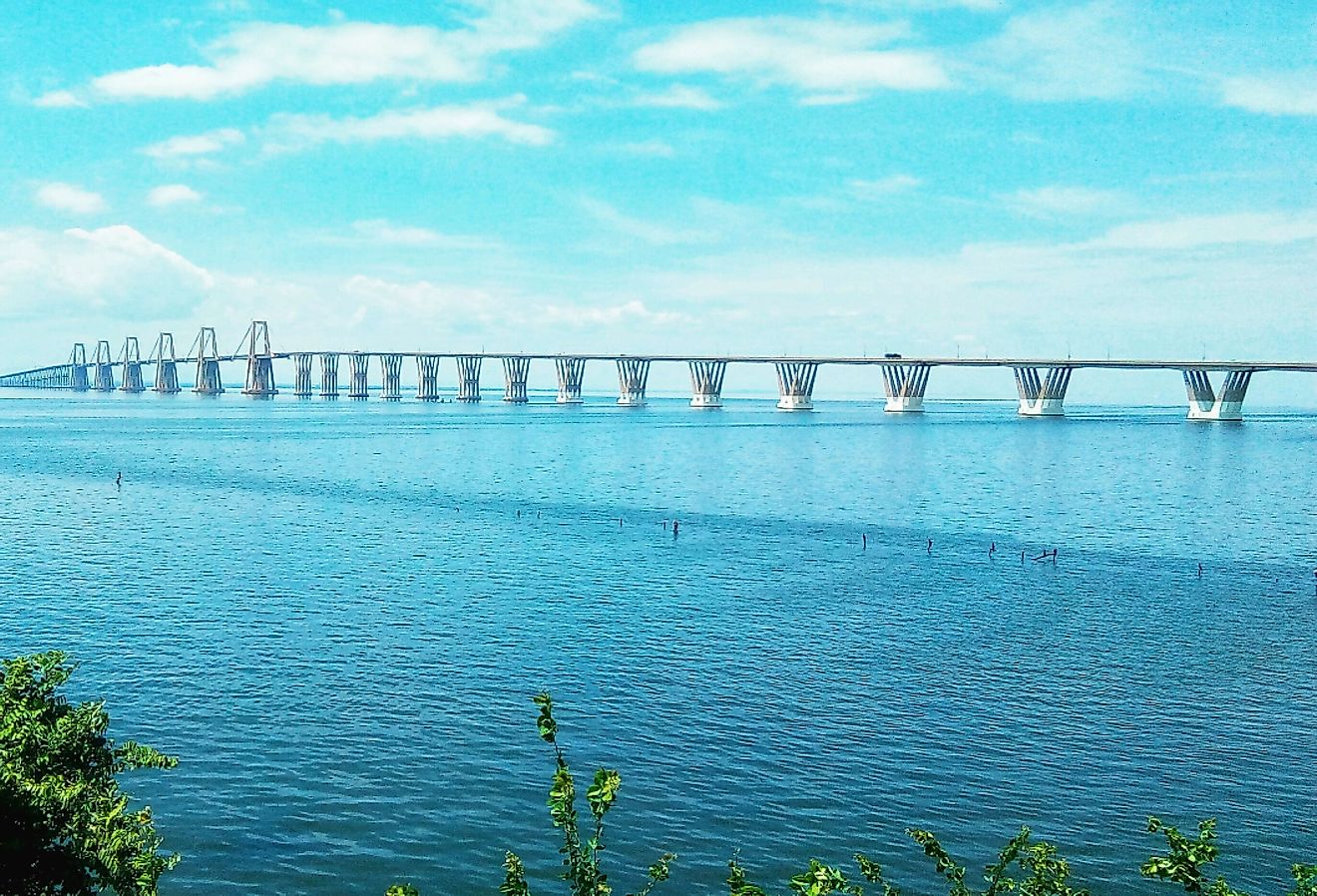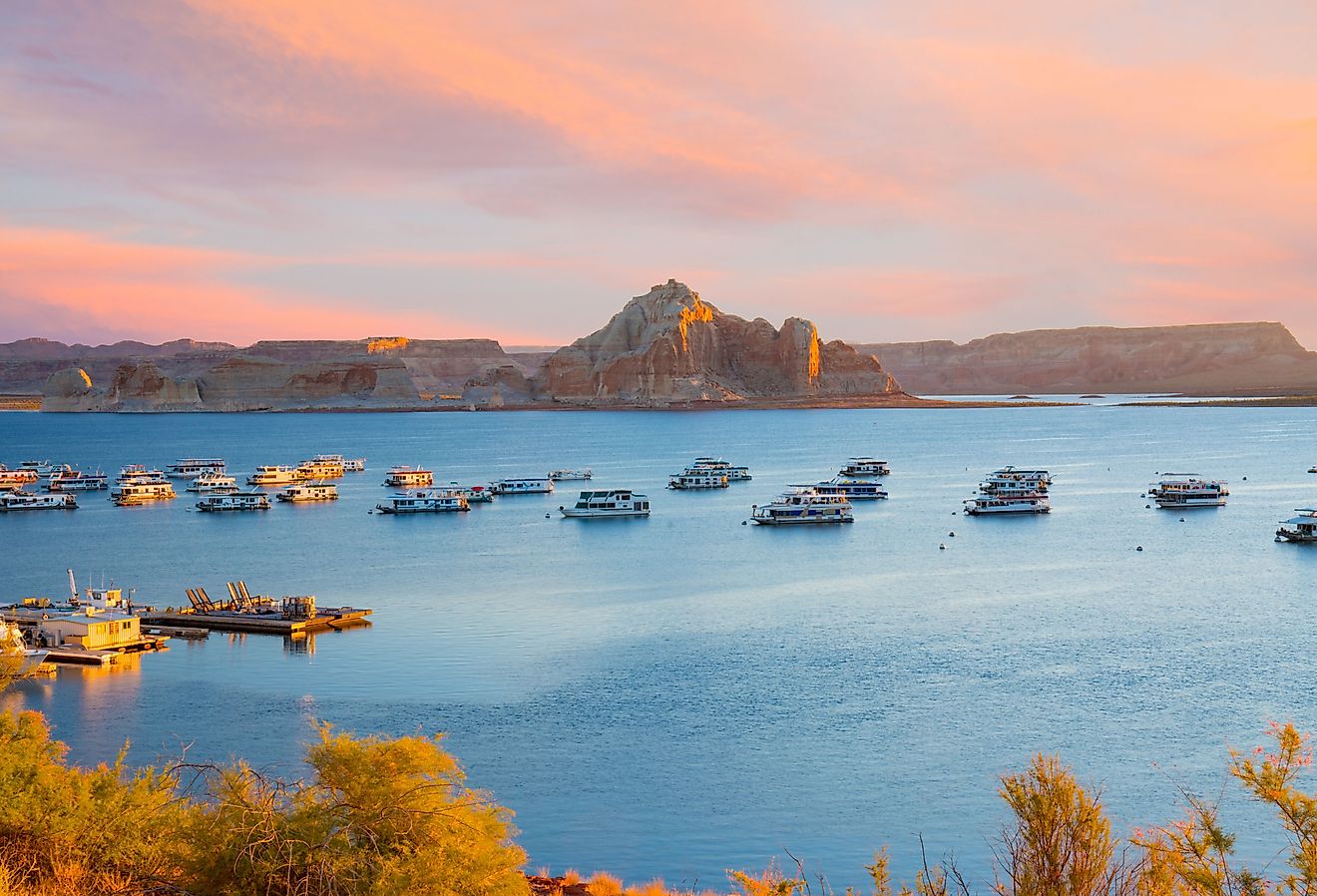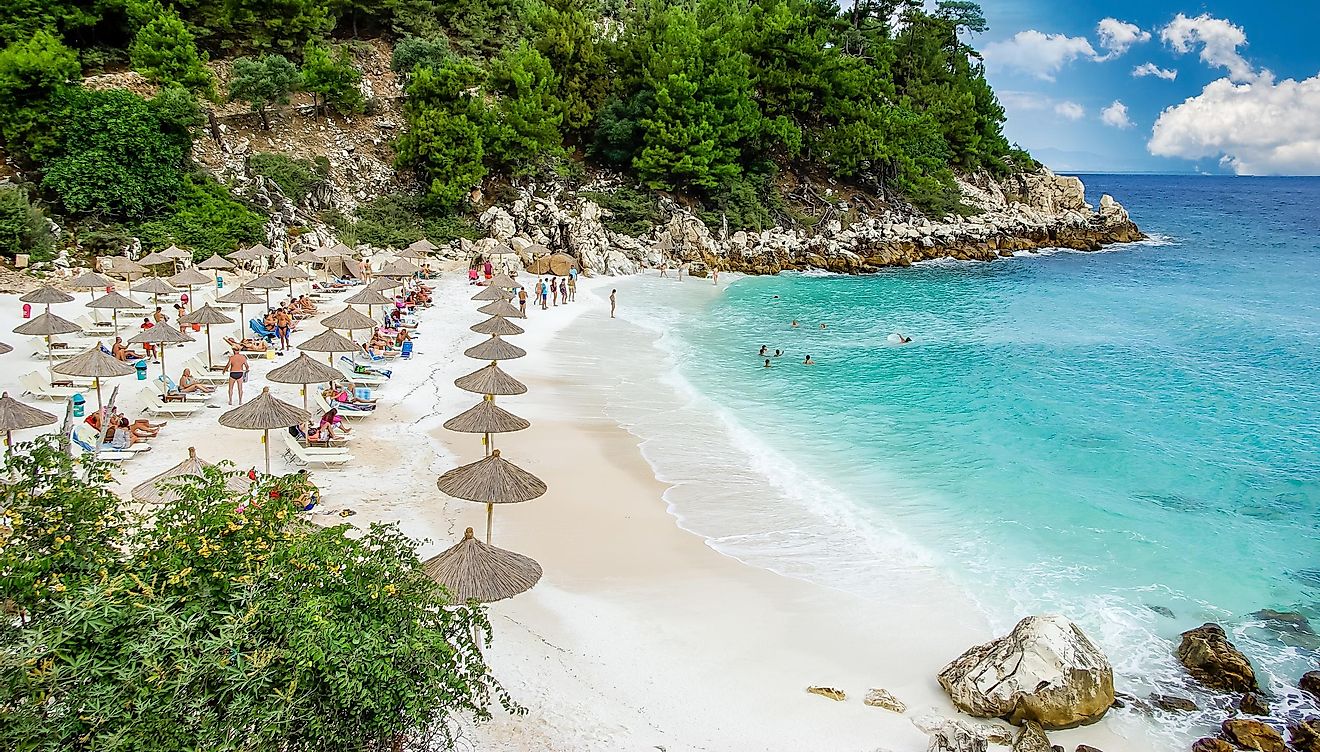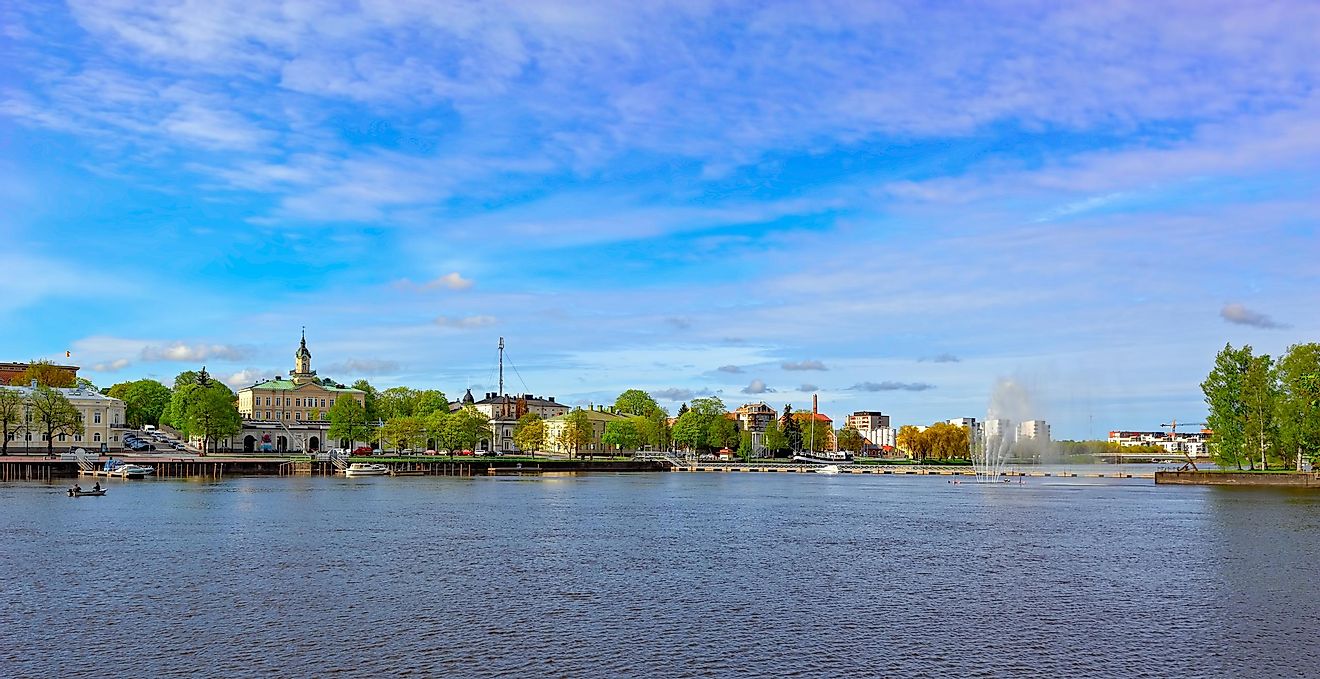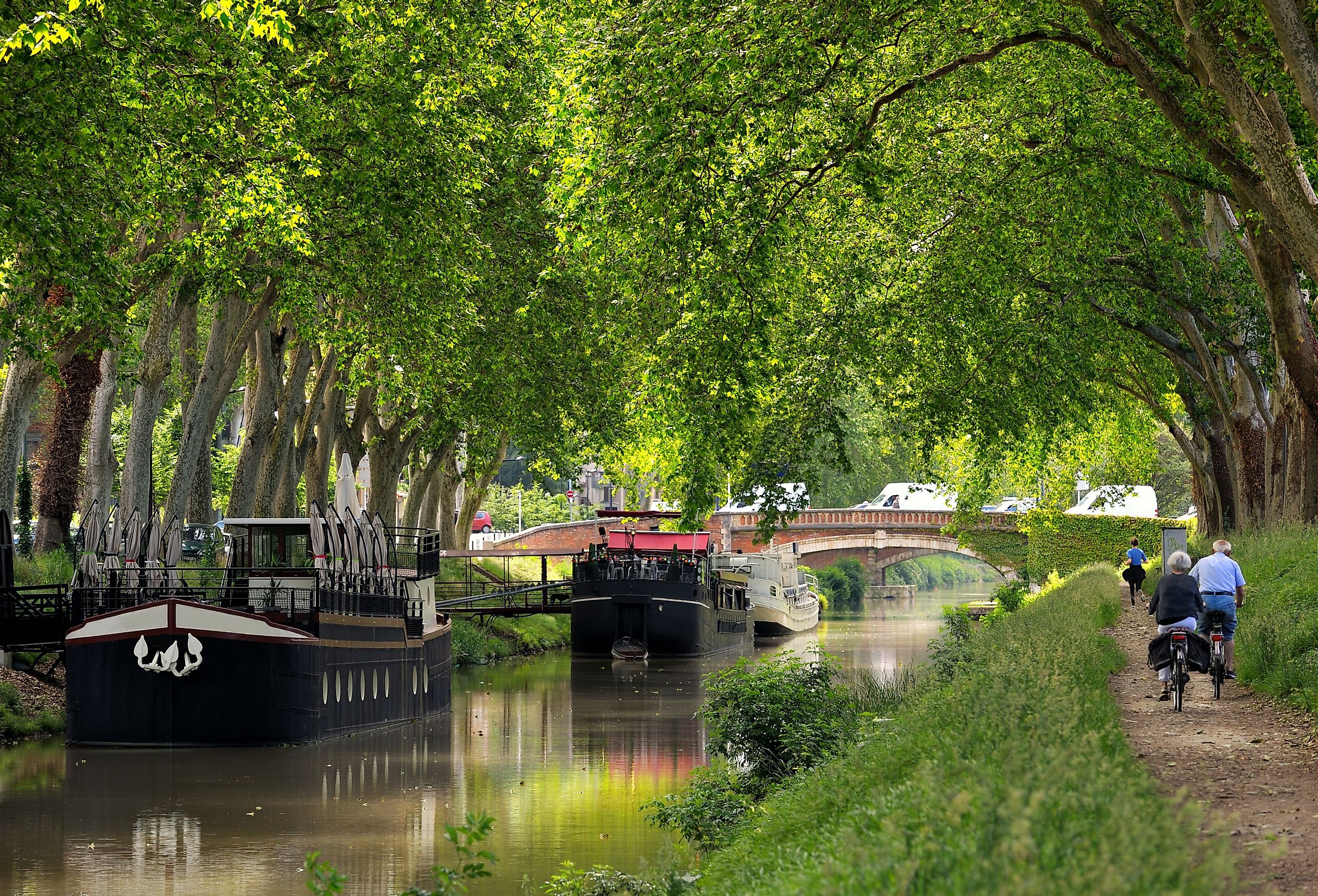
Canal Du Midi
The Canal du Midi has traversed the countryside of southern France for well over 300 years, and still stands as one of the great achievements in canal building. Running for 150 miles (240 km) or 225 miles (360 km)—depending on how you choose to measure it—the Canal du Midi was a critical component of a waterway system engineered to connect the Mediterranean Sea with the Atlantic Ocean. The canal was significant for French commerce and industry in its early decades, then fell into various stages of disrepair. However, the canal has now reemerged as a major recreational and tourist destination.
Location and Path
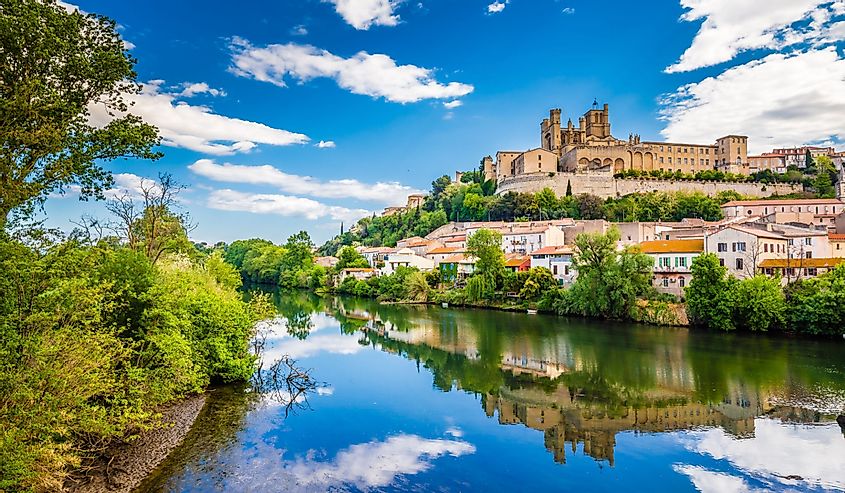
The Canal du Midi is located in the Occitanie region of France in the departments (provinces) of Herault, Aude, and Haute-Garonne. The canal connects to the Mediterranean Sea by emptying into the Etang de Thau, a lagoon in Marseillan along the coast. Traveling westward, the Canal du Midi rises to its highest elevation at Seuil de Naurouze, about 120 miles (190 km) from Mareseillan. From this summit the canal decreases in elevation for about 32 miles (52 km) until reaching Toulouse. Once meeting Toulouse, the canal connects to the 120 mile (190 km) long Canal de Garonne, which in turn connects to the Garonne River and, eventually, the Atlantic Ocean. Parts or all of the Canal de Garonne are sometimes included as part of the Canal du Midi.
Engineering Highlights
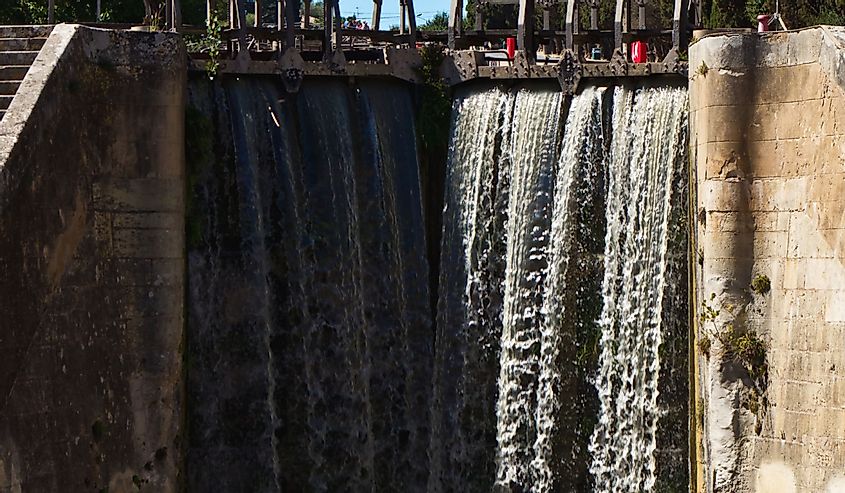
The Canal du Midi is much more than just a water channel dug into the ground. Rather, it includes some 328 engineered structures such as locks, aqueducts, bridges, spillways, and tunnels. Many of these structures, such as the curved-wall locks, are both achievements in engineering as well as pieces of art in their own right. As a “summit canal,” which has its highest elevation at a point in its middle rather than at one of its ends, the Canal du Midi uses an ingenious system to direct mountain waters into the canal at its summit at Seuil de Naurouze. Such engineering and artistic marvels earned the canal’s place as a UNESCO World Heritage Site in 1996.
History of the Canal
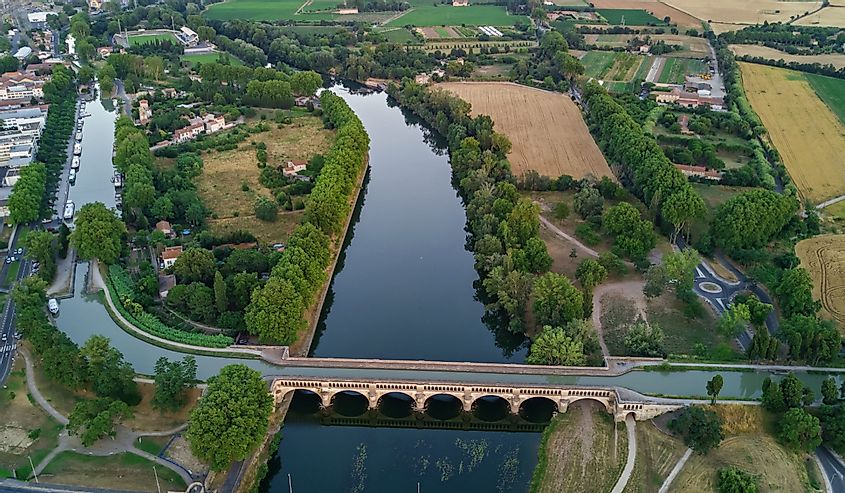
The construction of the Canal du Midi began in 1667 under royal edict by King Louis XIV of France. The engineer Pierre-Paul Riquet designed the canal and supervised its construction until his death in 1680. The Canal du Midi opened in a limited fashion in 1681, but initial construction was not completed until 1694. Although the complete waterway connection between the Mediterranean Sea and the Atlantic Ocean did not occur until 1857, by which point railroads had taken on greater importance, the Canal du Midi served as a major driver for economic growth in the Occitanie region. Commercial use of the canal slowly declined from the 1860s onward; since the 1970s, the canal has been used nearly exclusively for recreational traffic.
Canal Tourism
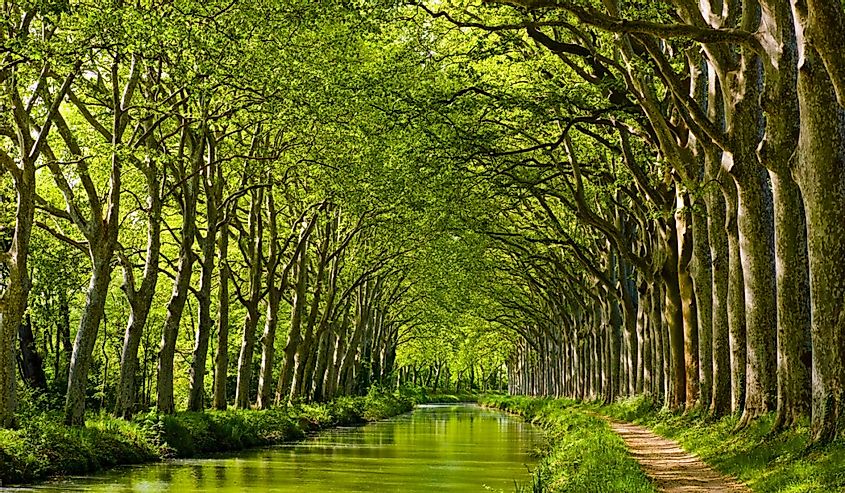
Horse-towed barges filled with agricultural goods no longer float on the Canal du Midi. Instead, some 9,000 leisure boats utilize the canal each year, which accounts for about 20% of French river/canal tourism. Numerous sightseeing and/or dining cruises use the canal, many of them departing from Toulouse—the fourth largest city in France. Alternatively, visitors can rent their own boats (no license required!) and navigate a section of the canal. For tourists who prefer to stay on land, the towpaths that run alongside the canal are great for hiking, biking, and sightseeing. On land or water, visitors can marvel at the 63 locks and 126 bridges still in operation along the canal route.
Surrounding Landscape and Wildlife
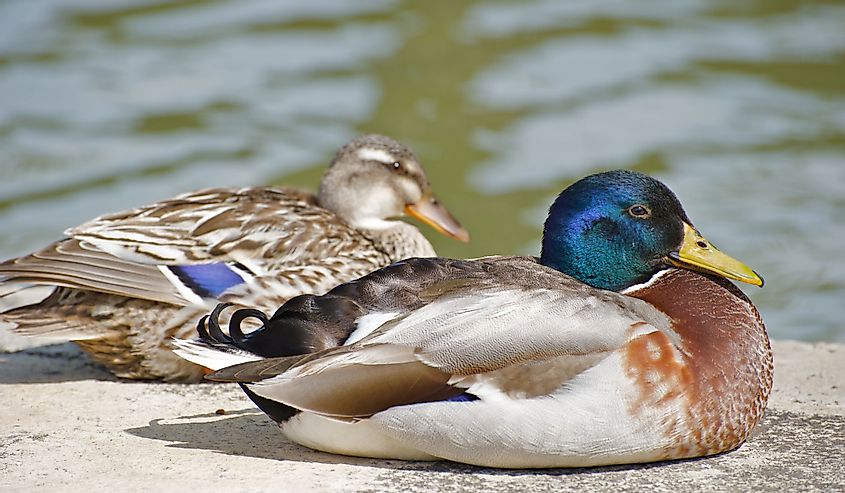
Much of the Canal du Midi’s route passes through rolling hills covered in pine forests, along with plants including juniper, lavender, thyme, and rosemary, and a wide range of birds, mammals, and insects. Birdwatchers can check for swallows, wagtails, orioles, herons, mallards, and swans, while anglers can fish the canal for carp, pike, perch, and catfish. Since Occitanie is France’s largest (if not most famous) wine region, it should be no surprise that the Canal du Midi passes by numerous wineries. In addition to wineries,the canal passes beautiful orchards of almond, fig, and olive trees. Even if historic canals are not one of your passions, a visit to the Canal du Midi is well worthwhile!
Conclusion
The Canal du Midi is one of the most striking examples of seventeenth century engineering still in existence. It has survived the centuries due to the quality of its design and construction, its longtime importance as a commercial waterway, and its current appeal as a beautiful ribbon passing through the picturesque hills of the Occitanie countryside. With its combination of beauty and functionality, there is reason to hope that the Canal du Midi can last another 300-plus years!
